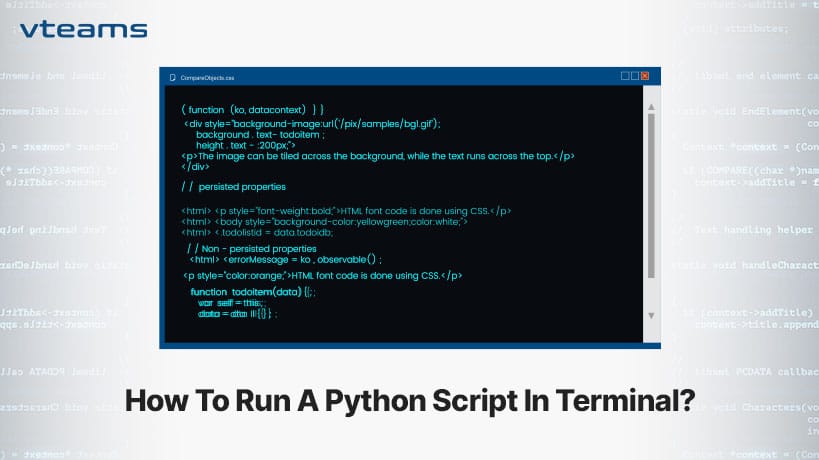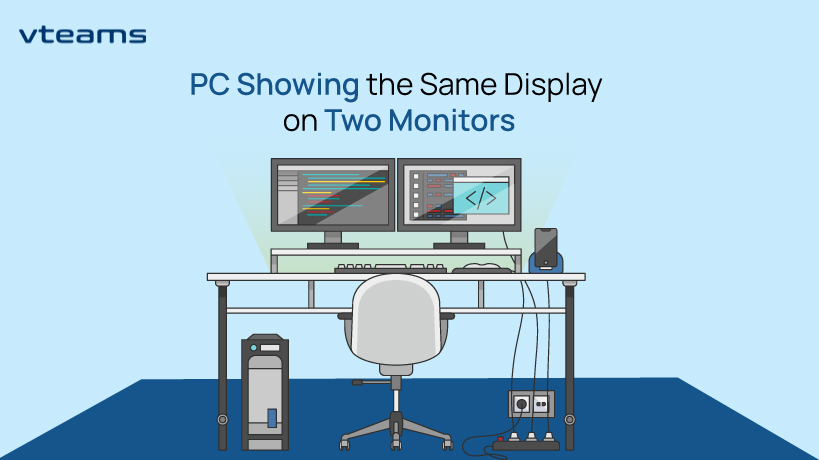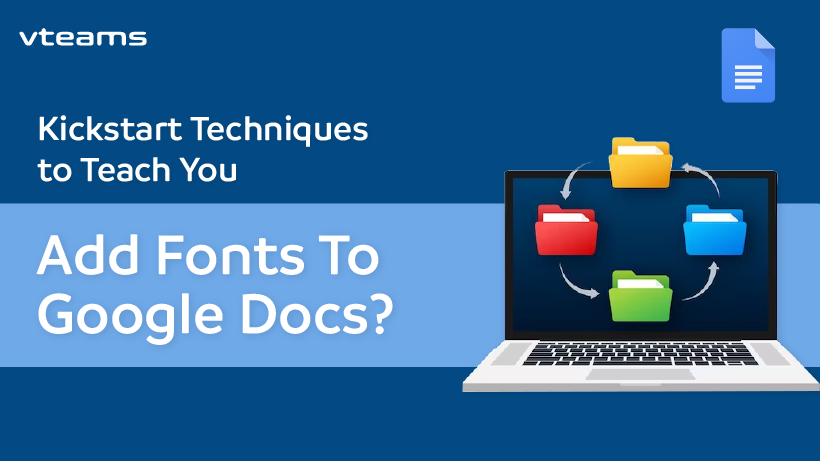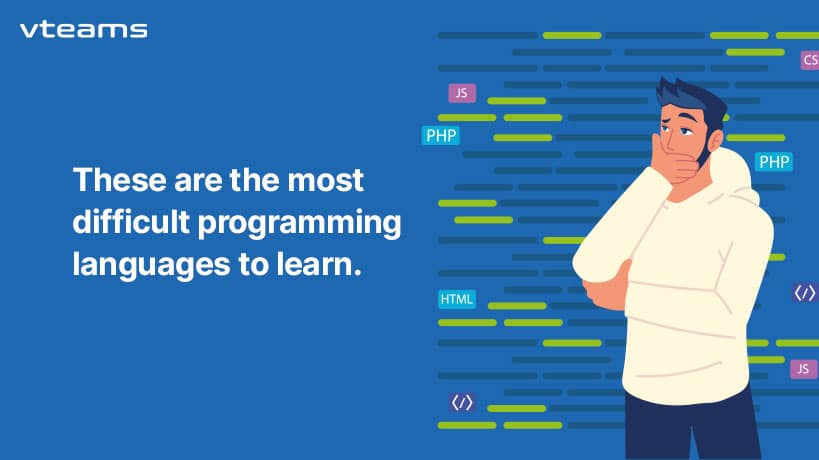When a client approached us in search of a “prediction system” for his real estate business, we had no idea how long the project had been coming.
5 years, maybe. 10, perhaps. But it was a full 15 years ago that he’d fully computerized his manual system, developing an application in IDE Visual Basic.
We often hear tales addressing the many reasons it “didn’t work out” with our clients’ former developers. In this case, it was because the system itself didn’t work. Although we had a concept and a basic (albeit antiquated) outline, we knew we needed to start from scratch in order to produce the system our client had been looking for all along.
The system’s features rendered it a force to be reckoned with in the real estate industry; user registration, pro-forma report building, unit mix report building, PayPal integration, export of reports to CSV & PDF, auto-saving, run time editing, addition, formulation and calculation as well as an automatic conversion to excel minimized the amount of work any user would be forced to tackle without it, tenfold.
Calculations, calculations, calculations…
In two weeks’ time, we’d aggregated the complex formulas, input forms, fields and their inter-work logic to fit the span of one 62-page word document; this would be the backbone of our project.
We then went straight into development, tackling database structure, authentication/authorization modules and our service module.
We were able to ensure that the information the system gleaned be translated to an excel sheet web report, built by converting excel sheet samples. These web-based reports would be available to all who required them in both CSV and PDF. Finally, we integrated PayPal.
The number of programs used to accomplish this all was rather notable: C#; .Net 4.5; Asp.Net; MVC 5; Handsontable; Balsamiq mock-up builder; Microsoft SQL Server 2008 R2; Asp.Net Web API and Tortoise SVN.
Throughout the process, our daily accomplishments were uploaded to the server for our client’s review, which made for an exceedingly easy project flow.
Ultimately, our client’s advanced automated system, capable of predicting for all six of the U.S. construction industry’s categories of homes was completed successfully with a little human calculation and a lot of effort.
At present, it’s not uncommon for us to see Excel sheets dancing in our dreams. We also try to steer clear of spreadsheets.













0 Comments